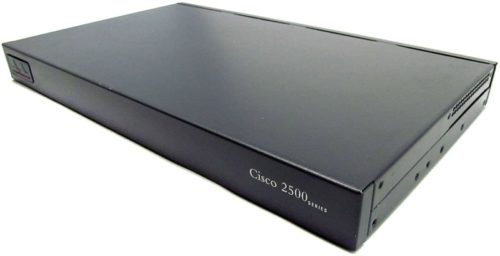Building Backdoors and Fixing Malfeasance

You might have seen the recent news this week that there is an exploitable backdoor in Zyxel hardware that has been discovered and is being exploited. The backdoor admin account with the clever name ‘zyfwp’ is not something that has been present in the devices forever. The account was put in during firmware version 4.60, which was released in Q4 2020.
Zyxel is rushing to patch the devices and remove the backdoor account. Users are being advised to disable remote administration until the accounts can be deactivated and proven to be removed. However, the bigger question in my mind relates to the addition of the user account in the first place. Why would you knowingly install a backdoor?
Hello, Joshua
Backdoors are nothing new in the computer world. I’d argue the most famous backdoor account in the history of computer hacking belongs to Joshua, the dormant login for the War Operations Programmed Response (WOPR) computer system in the 1983 movie Wargames. Joshua was an old login for the creator to access the system outside of the military chain of command. When the developer was removed from the project the account was forgotten about until a kid discovered it and Continue reading
 Not relying on third parties is probably good and reduces the grifters
Not relying on third parties is probably good and reduces the grifters



 Well huh, it wasn't done already ?
Well huh, it wasn't done already ?